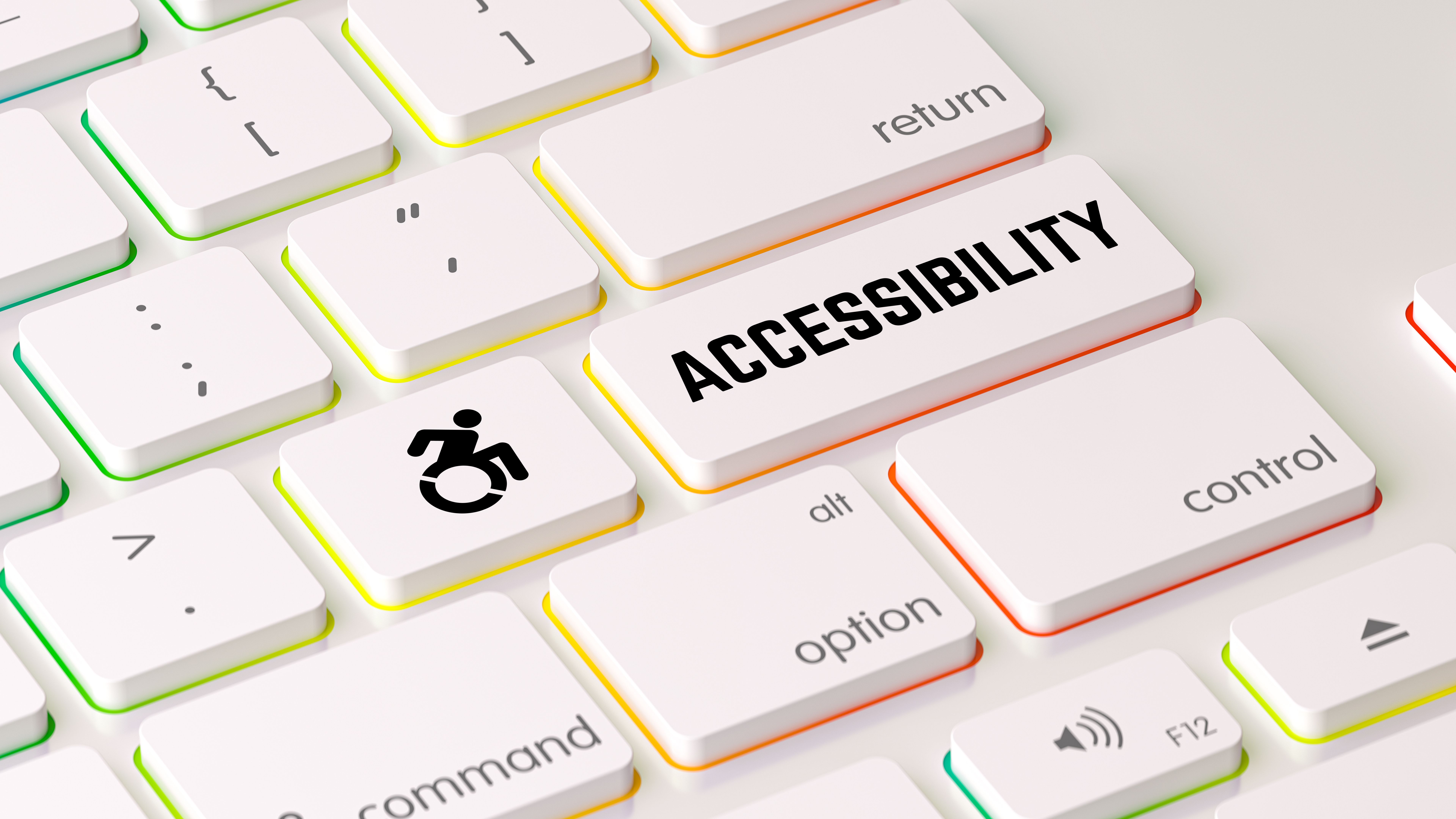Embracing Accessibility and Inclusive Design
JT
Introduction to Accessibility and Inclusive Design
Accessibility and inclusive design have become essential aspects of creating successful products and services. By ensuring that everyone, regardless of their abilities, can access and benefit from your offerings, you not only comply with regulations but also enhance user experience, boost customer satisfaction, and expand your audience.
Inclusive design is not just a trend; it is a necessary approach that embraces diversity and empowers all users. It is about creating products that are usable by as many people as possible, without the need for adaptation or specialised design.

Understanding Accessibility
Accessibility refers to the design of products, devices, services, or environments for people with disabilities. It ensures that everyone, including those with visual, auditory, physical, and cognitive impairments, can use your product effectively.
Implementing accessibility involves various practices, such as providing alternative text for images, using high-contrast colours, and ensuring keyboard navigation. These measures allow individuals with disabilities to interact with digital content seamlessly.
Why Accessibility Matters
Accessibility is crucial for creating an equitable and inclusive society. By making your content accessible, you ensure that individuals with disabilities can participate fully in the digital world. This approach not only enhances the lives of those with disabilities but also reflects a commitment to social responsibility.

Embracing Inclusive Design
Inclusive design goes beyond accessibility by considering the full range of human diversity. It involves understanding user needs, preferences, and limitations to create products that cater to as many people as possible. This approach fosters innovation and leads to better, more universal solutions.
To achieve inclusive design, it is essential to engage with diverse user groups, conduct thorough research, and test products with real users. By doing so, you can identify potential barriers and develop solutions that accommodate everyone.
Key Principles of Inclusive Design
Inclusive design is guided by several key principles:
- Understandable: Ensure that information is clear and easy to comprehend.
- Operable: Design interfaces that can be navigated and used by all.
- Robust: Create content that works across different technologies and platforms.

Benefits of Accessibility and Inclusive Design
Embracing accessibility and inclusive design offers numerous benefits:
- Market Expansion: Reach a broader audience by catering to individuals with disabilities.
- Improved User Experience: Enhance usability for all users, leading to increased satisfaction.
- Compliance: Adhere to legal requirements and avoid potential penalties.
By prioritising these principles, businesses can create products that are not only ethical but also commercially successful.
Conclusion: A Commitment to Inclusion
Accessibility and inclusive design are more than just technical requirements; they are a commitment to creating a world where everyone can participate fully and equally. By adopting these practices, you demonstrate a dedication to social responsibility and innovation.
As we move forward, let us continue to prioritise accessibility and inclusive design, ensuring that the digital world is open and welcoming to all.
